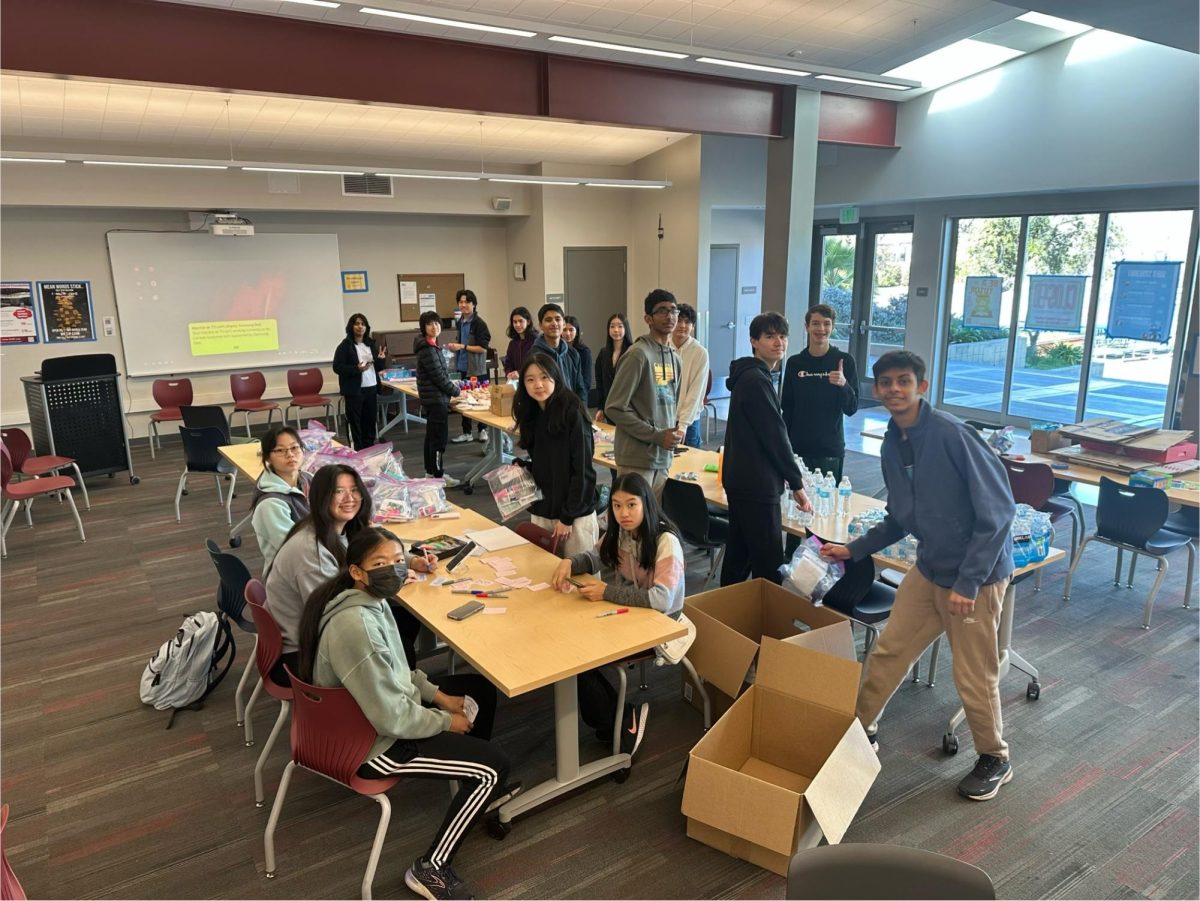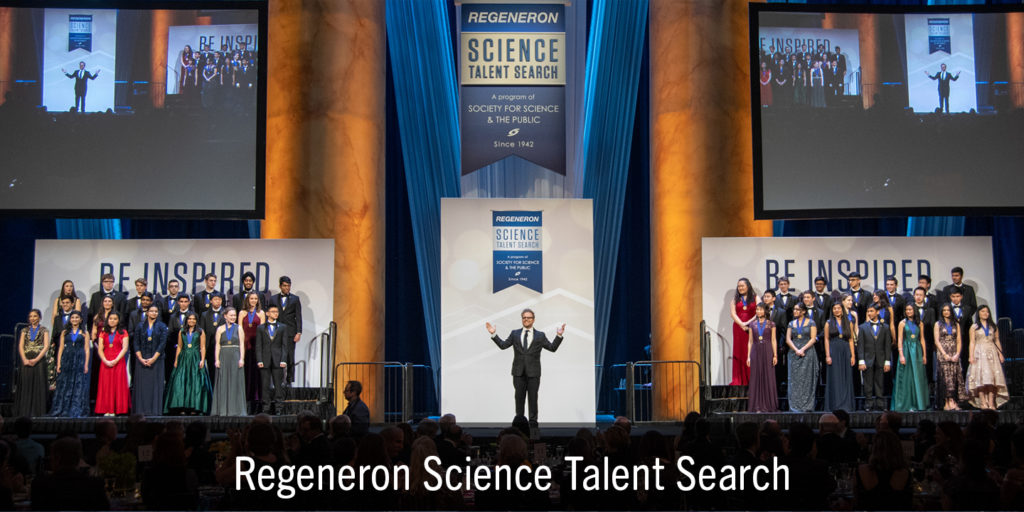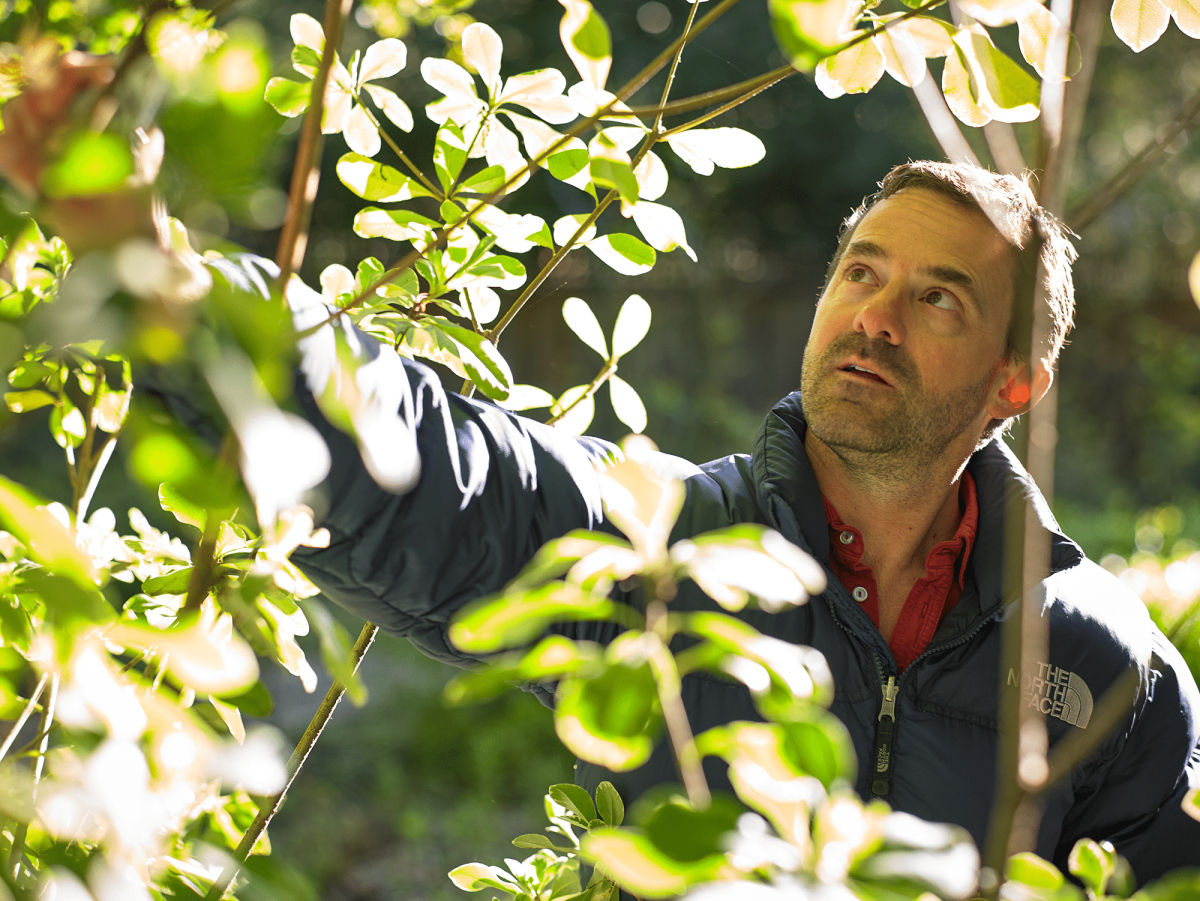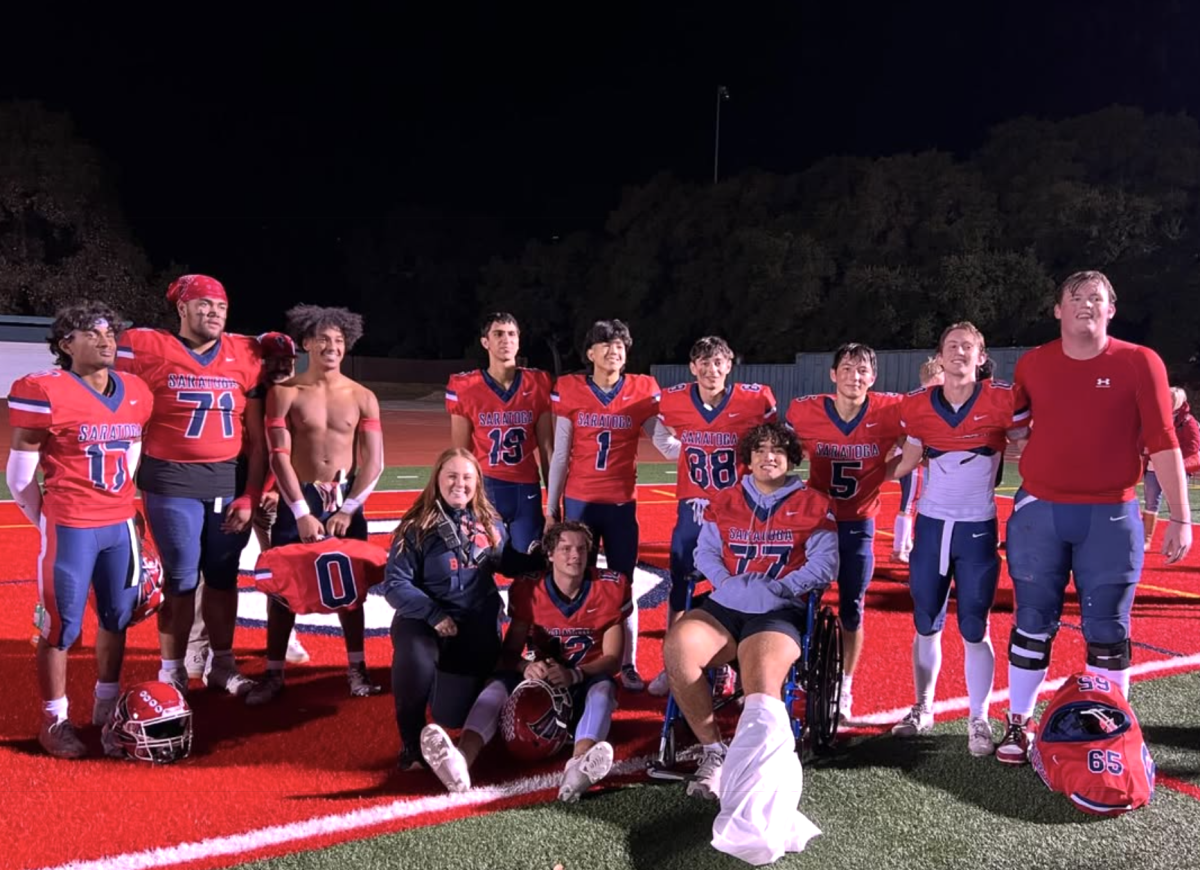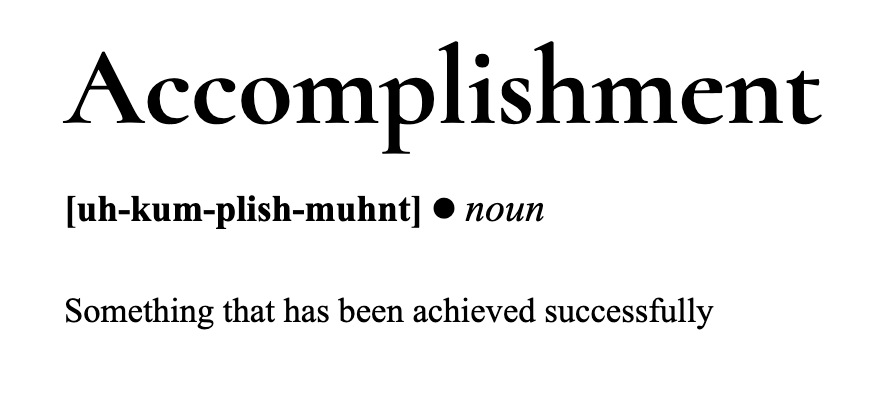For one day on March 17, a gym full of students connected on an emotional level—with none of the invisible barriers that usually fill the high school hallways. Students shared their deepest fears, insecurities and secrets with complete strangers. They formed bonds between former enemies. Students and staff empathized with one another on issues involving family problems, abuse and violence. They shed tears and tore down walls of human separation, revealing acceptance and love.
But do the effects of Challenge Day remain?
For the students who participated in Challenge Day, the lessons learned and the relationships built will surely last. The energy in the gym was simply irreplaceable. Everything from spontaneous dancing, to the lighthearted jokes of the Challenge Day staff, to the gut-wrenching crossing of the blue line left everyone stunned by the emotions that students and staff were willing to share with one another. For those present, Challenge Day was truly an experience that shook the participants to their emotional core.
But for those who weren’t in the Small Gym that day, the emotion and honesty will probably never be duplicated in our high school environment. In order to do so, the school would have to transform itself into the completely open atmosphere of Challenge Day, daring students to be vulnerable and honest with each other. It would be an extremely ambitious goal to try to build a high school into such a community, something that won’t happen because too many students are unwilling to change their ways of life.
High school life has been firmly established for decades, and while Saratoga High defies many high school stereotypes (the band’s enormous popularity, the value of intelligence, etc.), the change asked for by Challenge Day is nothing but a fantasy. Challenge Day provided an atmosphere where everyone was encouraged to spill their emotional closets to a group of people. This atmosphere does not exist in regular high school. To change this is to change the nature of high school in itself. High school is an opportunity for adolescents to grow into adults. To expect them to muster the emotional maturity to open up to everyone in their lives is simply too great.
Freshmen enter high school young and immature. By the time they graduate, they are expected to assimilate into the adult community. Throughout high school, they are continually growing, in other words, constantly making mistakes and learning from them. Challenge Day asks for students to be completely open with their emotions and insecurities. This is a task beyond most adults, much less adolescents.
Challenge Day created an artificial environment to change individuals and communities. It is simply too difficult for society to go through Challenge Day’s enormous change. At Challenge Day, students signed up to be a part of a team that would try to produce such a change in school. I hope the infant club will be able to build upon Challenge Day and bring that experience to the whole school. But in the meantime, it is wishful thinking to believe that this one day that involved 80 students could solve the problems that plague every teen community across the world. Perhaps if every student attends a Challenge Day, progress would not seem so difficult.


